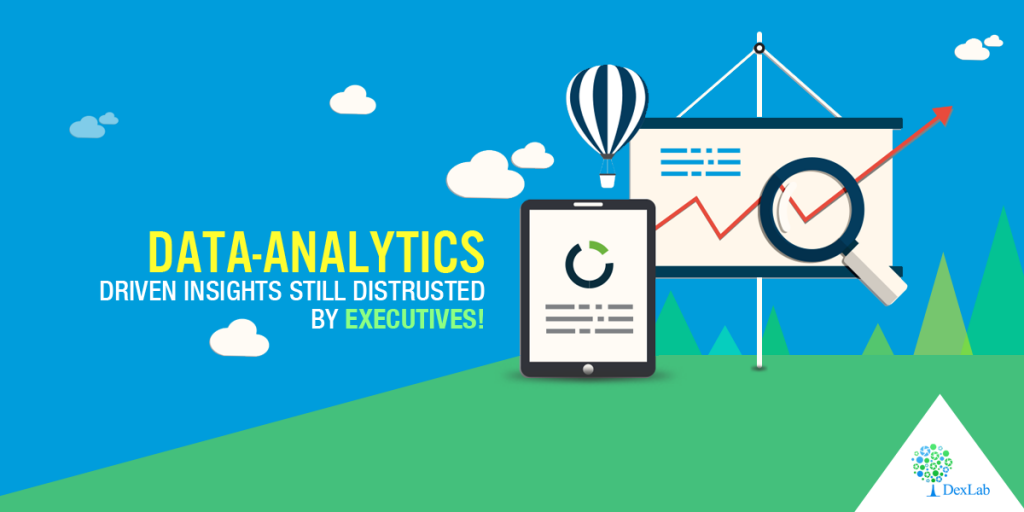Each year, pronouncements are made. And each year, a particular job field rides high above the tides of fortune.
For 2017, Data Scientist jobs seem to be #1 Best Job in India. Several magazines and research associates have put Data Scientist jobs at #1 position. No wonder, data science jobs are the hottest jobs in today’s market, hopefully in future too.
So, how do you become a good data scientist? Affordable Data Science Training Course in Gurgaon is now available in India that too quite easily. DexLab Analytics is one such institute that offers state-of-the-art data science training facilities for young aspiring candidates.
Get hold of SAS skills
If you are aware of the top data science skills, you must have known that statistical analysis and data mining calls for SAS specialization. SAS plays an important role in all these disciplines. It has been the pioneer and the most reliable software suit, and for a long time enjoying the monopoly position.
However, since the advent of R and Python, the powerful open source competitors, it is true that the growth curve of SAS has been little but hampered. Nevertheless SAS skills still boast of astounding demand all over the world.
SAS training courses help you understand the nuances of data science. Nowadays, these training’s are not too difficult to find, myriad institutes offer online and classroom training for its students on a regular basis. It is no more too difficult to get a grip on the fundamentals of this subject matter.
The number speaks of positivity
It would be like mine 11th commandment – there is a shortage of data science jobs. It is being predicted that there could be a shortage of 200,000 data scientists by 2020, and this is for real. Indian market is an emerging economy, though data science may not be so famous here as it is in the US, yet I am proud to say that the importance of this field is on the rise.
The survey says – the global demand for data scientists grew by more than 50% in between 2014 and 2015, while the searches have increased by 73%.
The skills you require to possess
By analyzing a whole lot of LinkedIn job postings, we have come to a conclusion that there are 5 high-in demand skills that you need to master in order to ace in data analytics – SQL, Hadoop, Python, Java, and R. Apart from these five, you also need to be quite proficient in Data Visualization and statistics, and try to bring out your creative side to the front.
How much difficult is it to choose a data analytics course?
Make sure, you know what you want, very clearly. Prepare yourself well, before getting into any course. Experience matters, but before that you need encompassing training on the subject matter that can only be offered by a pioneering institute of data science. However, before investing money and your time, check properly if the curriculum satisfies your needs. The material needs to be crisp, to the point and in line with the current industry standards.
DexLab Analytics is a top-of-the-line data science training institute in Gurgaon, offering high-in demand courses on analytics. For any assistance, reach us.
Interested in a career in Data Analyst?
To learn more about Machine Learning Using Python and Spark – click here.
To learn more about Data Analyst with Advanced excel course – click here.
To learn more about Data Analyst with SAS Course – click here.
To learn more about Data Analyst with R Course – click here.
To learn more about Big Data Course – click here.



















